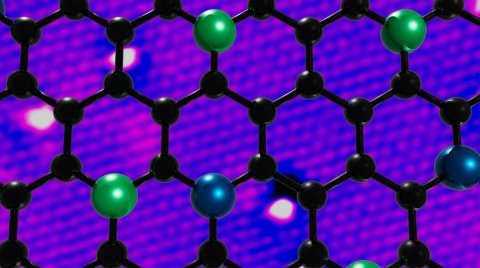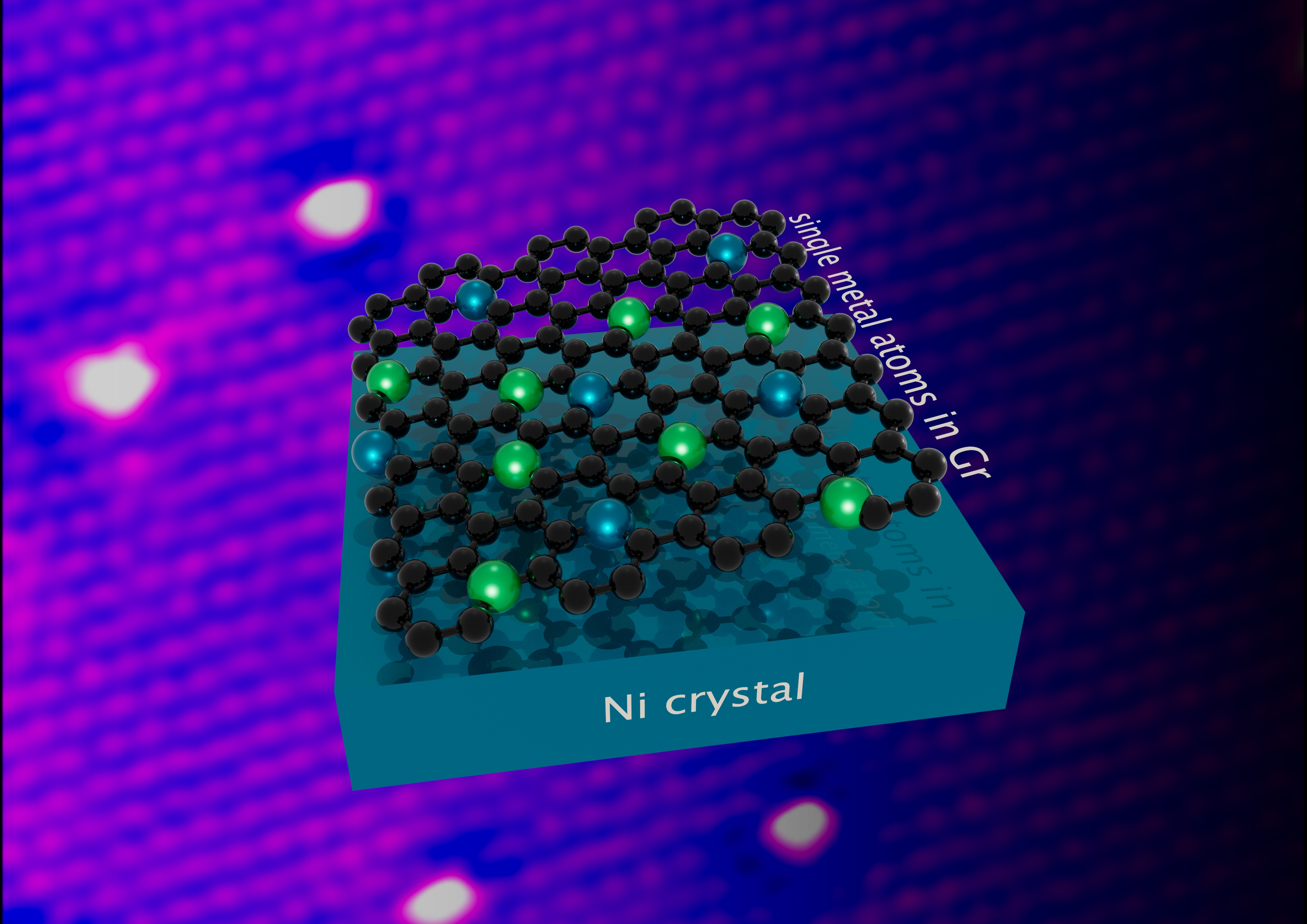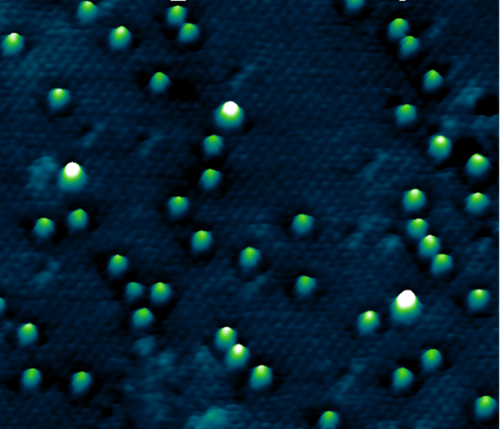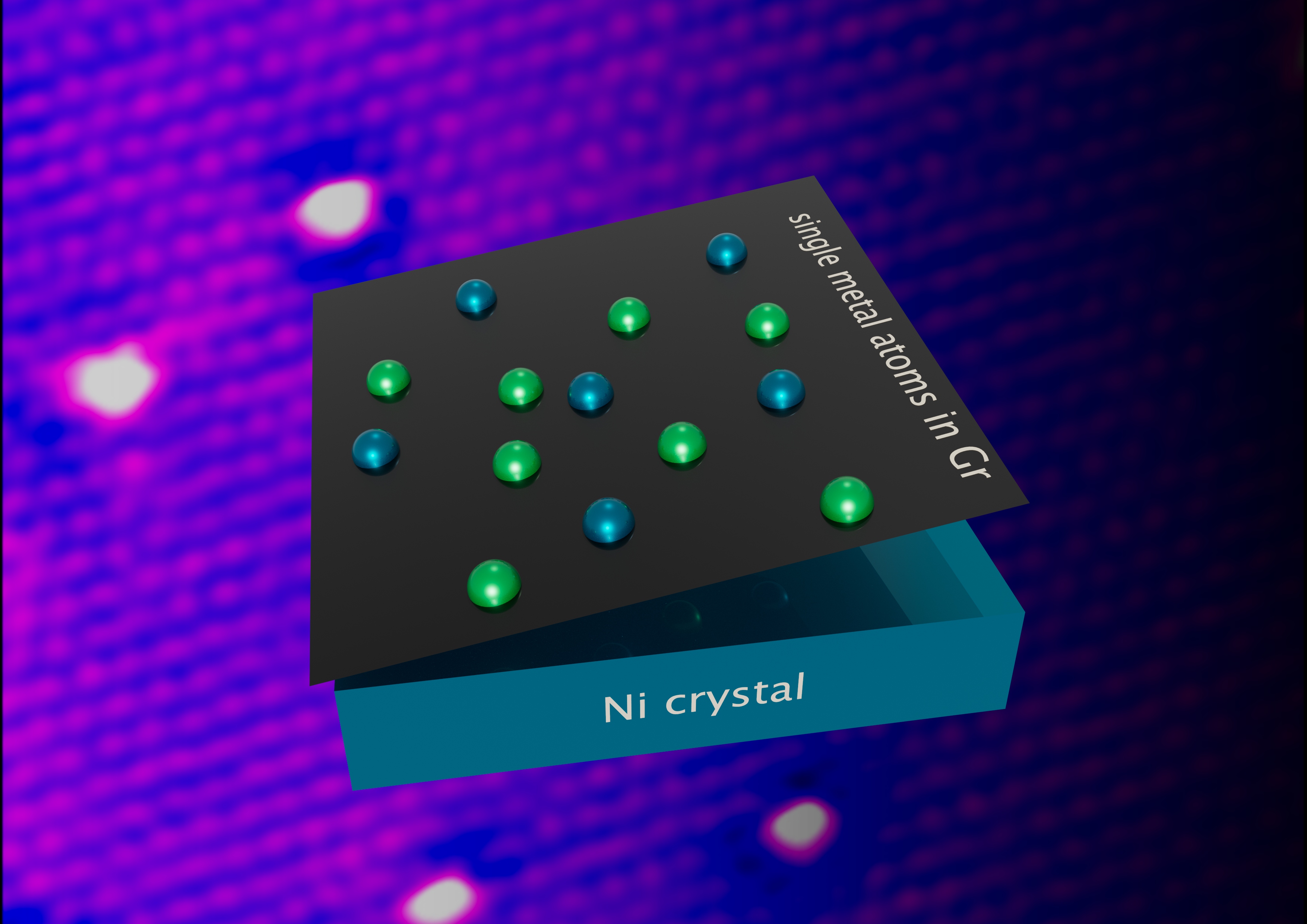
An international research carried out jointly, for Italy by the Istituto Officina dei Materiali of the Consiglio Nazionale delle Ricerche (Cnr-Iom) and the Universities of Trieste and Milano-Bicocca together with the University of Vienna, has demonstrated a simple and innovative method to create a new category of materials that combine the extraordinary properties manifested by single metal atoms with the robustness, flexibility and versatility of graphene, for potential applications in the fields of catalysis, spintronics and electronic devices.
The study was published in the journal Science Advances: the method consists of depositing metal atoms, such as cobalt, in a controlled manner during the formation of the graphene layer on a nickel surface. Some of these atoms are incorporated into the carbon network of graphene, thus forming a new material that has exceptional properties of robustness, reactivity and stability.
“The methodology has been tested to trap nickel and cobalt atoms, but our calculations suggest that its use could be extended to other metals for different applications,” explains Cristiana Di Valentin, professor of General and Inorganic Chemistry at the University of Milano-Bicocca who was part of the team.


